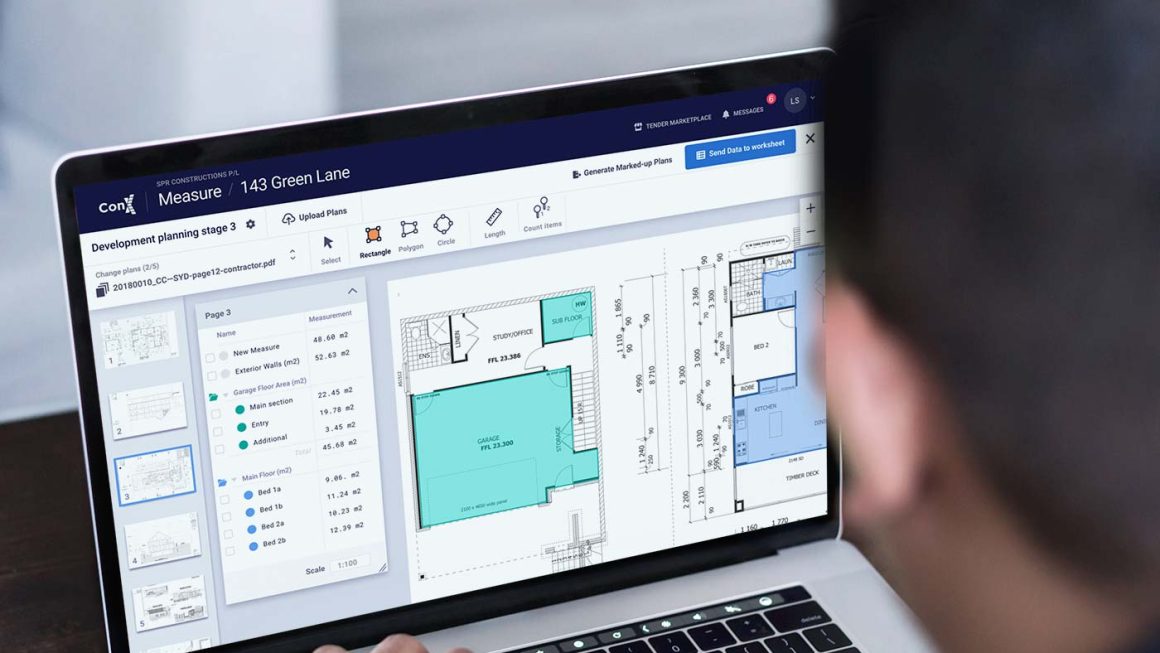What are message brokers?
A message broker is a piece of software enabling services and applications to communicate with one another using messages effectively. This message structure is pre-defined and is independent of applications or services that send/receive them.
In short, Message brokers account for an inter-application communication tool.
Message Broker
A message broker is designed to facilitate applications, services, and systems to communicate with one another and exchange information effectively. The message broker does this via translation of messages between formal messaging protocols. A message broker allows interdependent services to communicate directly, even when these are written in different languages or implemented on various platforms.
Message Brokers 101
Message brokers are the software modules that work within messaging middleware or message-oriented middleware solutions – MOM.
Such type of middleware offers developers a standardized way of handling data flow between an application’s components – so the focus is on its core logic. These can serve as a distributed communications layer, letting applications on multiple platforms communicate internally.
What do they do?
They can;
- Validate
- Route
- Store
- Deliver
messages to their appropriate destinations.
Message brokers are intermediaries between applications – facilitating senders to issue messages without knowing where the receiver lies, whether they are active, or even how many of them are there in the first place.
This mechanism facilitates the decoupling of services and processes within the systems.
Message Queue
Message queues are an instrument to guarantee the delivery of messages.
Message brokers rely on a substructure called the message queue, which stores and orders the messages until the consumers or the consuming applications can process them.
Messages are stored in the exact order they were transmitted and remain in queue until their receipt is confirmed.
Read more:- Best Top Tranny Tube Shemale Tube
Asynchronous Messaging
It refers to the kind of inter-application communication that message brokers make possible.
Asynchronous messaging prevents data loss and lets the systems remain functioning even when facing issues of intermittent connectivity or even latency issues, which are common in public networks.
This type of messaging warrants the delivery of messages – in the correct order relative to other messages.
The message broker might comprise of queue managers to manage the interactions between multiple message queues, in addition to the services offering data routing, persistence, message translation, and client state management functionalities.
Message Broker Models
There are two basic message distribution styles or patterns:
Point-to-point Messaging
A distribution pattern is used in message queues with a 1-on-1 relationship between the sender and the message receiver.
Every individual message in the queue gets sent to one recipient and gets consumed only once. Point-to-point messaging is used when a message needs to be acted on – for only one time.
The examples of suitable use cases for this distribution style include;
- Financial transaction processing
- Payrolls
In such styles, both sender and receivers call for a guarantee that every payment will be sent once and only once.
Publish/Subscribe Messaging
This distribution style of messages is referred to as pub/sub, where the producer of every message publishes it to a topic, and multiple consumers subscribe to topics from which they want to receive messages.
Messages published to any topic get distributed to all applications that subscribe to it.
This is the broadcasting style of message distribution – having a one-to-many relationship between the publisher and consumers.
Sample uses cases for this style include but is not limited to;
- An airline wanting to broadcast updates about landing time or delay statuses. This way, multiple parties can consume these messages and the information. These parties include the ground crews for maintenance, baggage handlers, refueling staff, flight attendants, and the pilots preparing for the next trip.
Cloud-Based Advancements and Message Brokers
In this era of modern cloud computing, message brokers have found leverage to boost performance ten-fold.
Cloud-based applications are designed to make the most out of the inherent benefits of cloud computing, which include flexibility, rapid development, and scalability.
Such applications are built with discrete, small, and reusable micro-services.
Each of the micro-services is deployed and run independently of others. Meaning that any one of these can be scaled, updated, or restarted without affecting other services of the system.
Micro-services are packaged in containers working together to make a whole application, while each has its own stack that includes a database and data model that might differ from others.
Message Brokers for Mirco-Services
Micro-services need a communication mean to communicate with each other to operate in concert.
Message broker is that mechanism such services use to build this shared communications backbone channel.
Thought of the Day
Message brokers are often needed to manage communications between the on-premises system and with the cloud components in varying hybrid cloud environments.
Usage of an efficient message broker like the Memphis{dev}, offers boosted control over the inter-service communications. Guaranteeing that data transmission is secure, reliable, and efficient between the components of any application.



